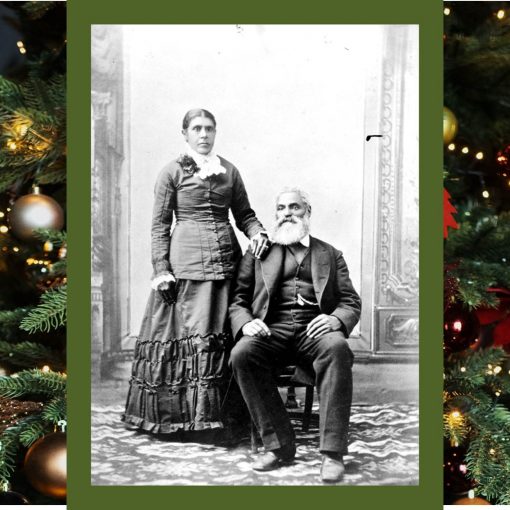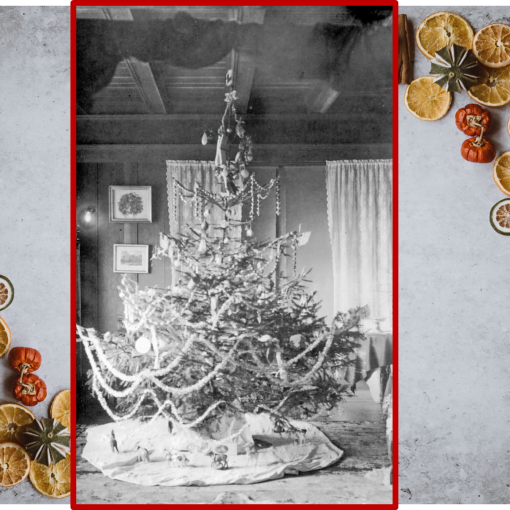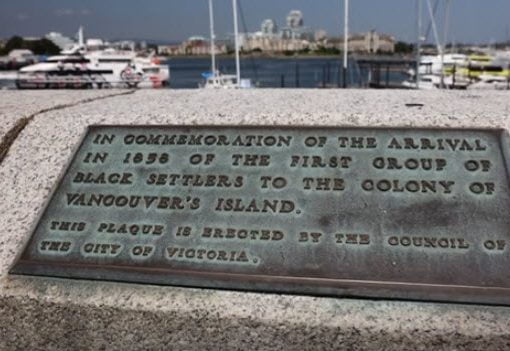These women have made history – are making history.
Activist, Abolitionist, Athlete, Business Owner, Civic Leader, Community Leader, Creative Artist, Educator, Historian, Judge, Lawyer, Pastor, Pianist, Pioneer, Politician, Teacher, Trailblazer …
We highlight contributions women make to the workforce, in their communities and at home throughout history, and the critical role they continue to play in leading vibrant communities and progress that has benefited Canada as a whole.
With Gratitude
Finding any information about the Black woman who came here beginning in 1858 and their descendants is challenging – books, papers, articles written by woman, about women of this time often neglect Black women; but 1 woman worked tirelessly to correct that.
Sherry Edmunds-Flett, researcher, scholar, specialist, historian, author, writer, and a long-time BCBHAS member – her work about 1st and 2nd generation Black woman in BC is of unparalleled distinction. She referred to herself as an ally of our work. We are deeply saddened by her passing on August 30, 2025.
In one publication Edmunds-Flett wrote “One hundred and forty women of African descent were identified as immigrating to Vancouver Island and neighboring Salt Spring Island during the first decade of settlement 1858-1868. The majority were under the age of 35 years; many were single emigrating with their families. Many were in their late thirties or early forties; only four women were 50 years of age or older. Sherry also notes “these women existed at the intersection of gender, race and class in the nineteenth century.” Today we recognize this “intersectionality” creates overlapping and interdependent systems of discrimination and disadvantage.
In a later publication she explains “British Columbia’s women of African descent entered the paid labour force in increasing numbers during the three decades between 1910 and the beginning of the Second World War.” They attended high-school and enrolled in post-secondary programs. “Racial uplift became more of a focus as the province’s Black women volunteered with the National Association of Coloured Women’s Clubs and the Universal Negro Improvement Association, supported the events of the Prince Hall Free Masons as well as fundraised and established the province’s first Black church.”
“To be Black and female in a society which is both racist and sexist is to be in the unique position of having nowhere to go but up!” Rosemary Brown.
Nancy Alexander – Community Leader and Matriarch
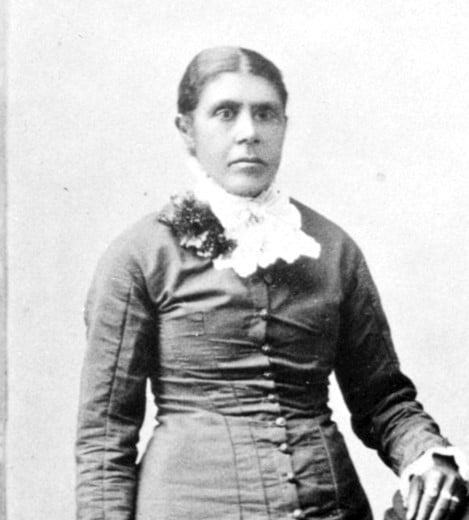
Nancy worked alongside her husband, carpenter Charles Alexander feeding the crews to build the first Shady Creek Church in Central Saanich and the first public school in South Saanich. In July 1995 the Alexander family gathered for a reunion in Victoria with an estimated 200 descendants. Today more than 100 descendants of the Alexander family still live in British Columbia.
Thérèse Alexander – First Black woman judge in BC
Thérèse Alexander was called to the BC bar in 1984 and was appointed a BC Provincial Court judge on January 8,1996 — the first Black woman in BC to be appointed. Her great-great-grandparents were Charles and Nancy Alexander. She served on numerous boards and commissions, is a recognized community advocate through her volunteer work and has been honoured by the BC Association of Black Law Students and the Association of Black Lawyers.
“When I am in Victoria, I always make a pilgrimage to Shady Creek United Church on East Saanich Road. There is a Heritage Canada marker at the church acknowledging the Black pioneers that came to Saanich and their contributions to the community” Source Provincial Court of British Columbia.
Toni Boot – First Black woman councillor and first Black mayor in BC
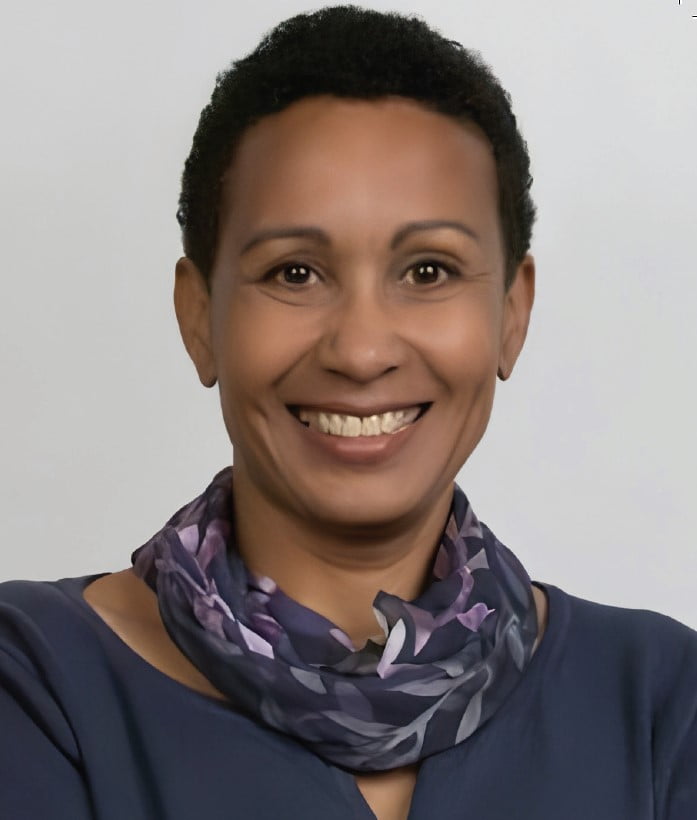
Toni Boot had been active in her community for many years, serving on various boards including Regional District Okanagan-Similkameen board, Okanagan Basin Water Board, Okanagan-Similkameen Regional Hospital Board and Grasslands Conservation Council of BC. Toni Boot served as a councillor in Summerland, BC for four years (2014-2017) and was then elected Mayor in 2018, serving for four years
Rosemary Brown – Advocate for Social Justice and gender equity, politician; Canada’s first Black female member of a provincial legislature and the first woman to run for leadership of a federal political party.
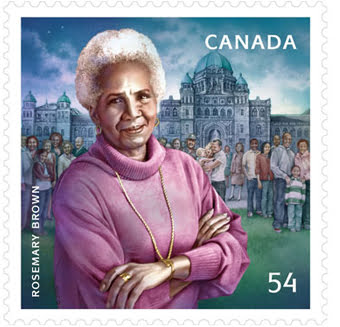
Rosemary Brown also served as the Ruth Wynn Woodward Endowed Chair in Women’s Studies at SFU during 1986-7.
She has received numerous awards and recognition including Order of BC, Order of Canada and this Canada Black Heritage stamp issued in 2009; and The Rosemary Brown Award for Women was established in 2004 and is awarded annually recognizing and honouring a BC based woman or organization that promotes the values and ideals which Rosemary Brown championed.
Eleanor Collins, C.M. November 21, 1919 – March 3, 2024 More than a century of Black History, her contributions are recognized, honoured, and celebrated on a Canada Black Heritage stamp issued in January 2022.
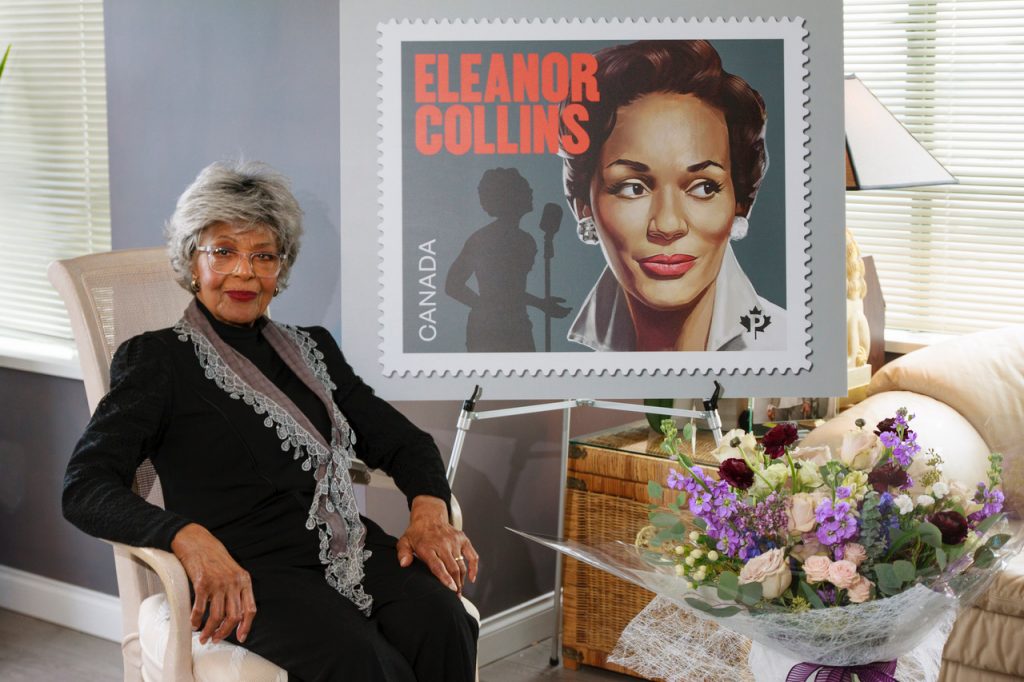
Eleanor Collins has fostered the values of equality and acceptance; is recognized as a civic leader and pioneer in the development of British Columbia’s music industry. She is celebrated for her extensive career as a jazz singer; one of the first Black artists in North America to host a national, weekly television series.
Sydna (Dandridge) Francis – Suffragist, abolitionist
Sydna Edmonia Robella (Dandridge) Francis was born in 1815 in Virginia; she came to Victoria with her husband and daughter in 1860. In the US, Sydna was secretary of the Dorcas Society, a local group of people supported by a church, with a mission of providing clothing to the less fortunate. She was also President of the Ladies’ Literary and Progressive Improvement Society of Buffalo – the only female group formed to improve the moral, intellectual, political, and social advancement of its members (African American women) by promoting literature, art and sciences that encourage political reform (including the right for women to vote).
Rebecca Gibbs – One of Canada’s first Black female poets
She lived for most of her time while here in BC, in Barkerville. She worked as a laundress. We are aware of four of her poems.
* “Proclamation Day – January 1st” believed to be her first published poem. The Elevator, San Francisco on December 27, 1867.
* “The Barkerville Fire” The fire happened on September 16, 1868. The poem was first published in the Cariboo Sentinel; then published in The Elevator on March 5, 1869.
* “The Old Red Shirt” believed to have been written in 1869; it is on the back of her grave marker at Ross Bay Cemetery.
* “Judge Charles Brew” Published in the Cariboo Sentinel on June 11, 1870.
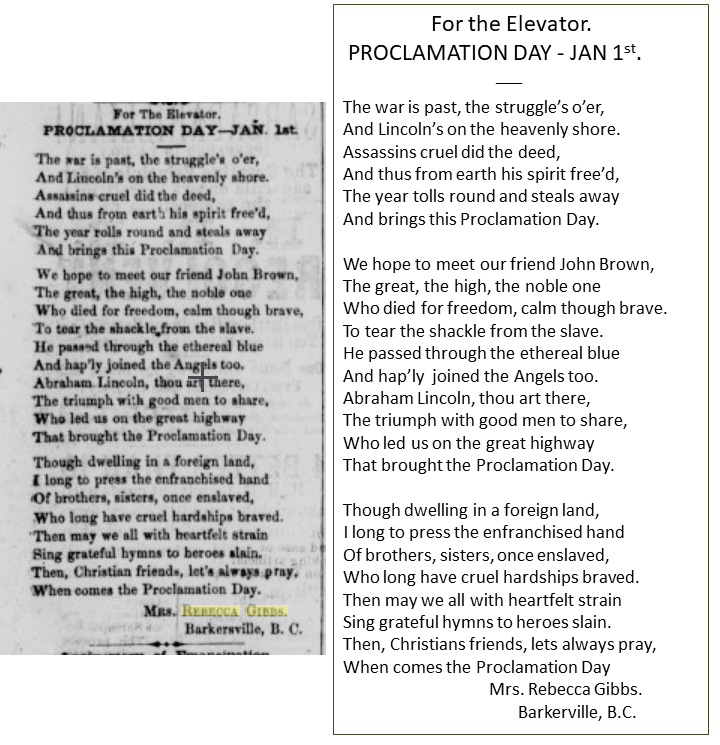
Nora Hendrix – Co-founder of Vancouver’s first Black church, the African Methodist Episcopal Fountain Chapel
Zenora “Nora” Moore, was born on November 19, 1883 in Georgia. Her mother was Fanny Moore, originally from Ohio is described as mix of Cherokee and African American. Her father Robert Moore Sr. was from Georgia. At an early age, her family located to Tennessee, where Nora was raised.
It was through a travelling vaudeville group that she met Bertram Philander Ross Hendrix. Financial difficulties brought the tour to an end in 1912 and a move north to Vancouver. All four of their children were born in Canada. It was their youngest son, James Allen “AL” Ross born in 1919 (June10, 1919) who was the father of the famed musician Jimi Hendrix.
She was a community leader and a co-founder of Vancouver’s first Black church, the African Methodist Episcopal Fountain Chapel in 1918, located at 823 Jackson Avenue. “during a time when worshippers required a safe place to walk to worship services without facing prejudice, discrimination and hardship”
In 1958 the AME Church had its first Black woman pastors. Rev. Malinda Thorne from 1958-1969 also operated a shelter and soup kitchen in Vancouver known as “God’s Rescue Mission”. The shelter housed 10-15 transients and homeless people per night and Rev. Thorne served food and held nightly gospel services. Rev. Thorne was succeeded by Annie Walker/Girard 1969 – 1985. Girard actually bought the building and owned it until 1985. As the owner and minister she operated a non-denominational ministry she called the Cry In The Wilderness Church.
Barbara Howard – Athlete, Teacher, Advocate for Youth
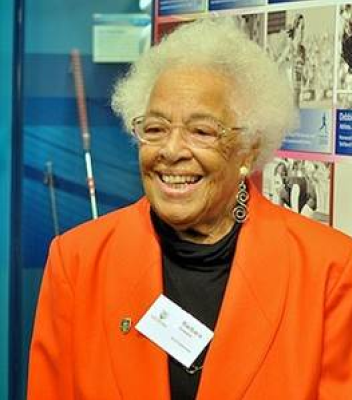
Barbara Howard is the First Black woman athlete to represent Canada in an International competition and the first person from a visible minority to be hired as a teacher by the Vancouver School Board. In 2012, Howard was inducted into the BC Sports Hall of Fame in the Pioneer Category; and in 2015, inducted into the Canadian Sports Hall of Fame.
Nancy Lester – Abolitionist, Community Leader
Nancy Lester was born in 1810 in New Jersey. She arrived in Victoria with her husband and teen-aged children. In June 1858 prior to arriving in Victoria, Nancy wrote to her abolitionist friend, William Still “… it seems a providential provision for us who are so oppressed. I feel somewhat encouraged to believe that ere long we may find a home for our children in the right place”

Ruby Sneed – Accomplished Pianist, Singer, and Teacher
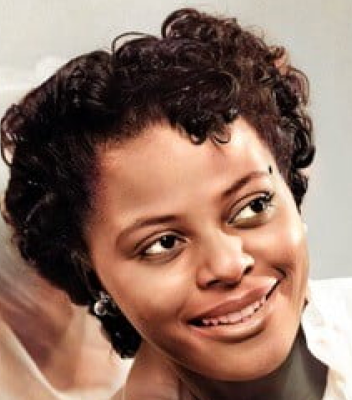
Ruby Sneed specialized in early childhood music education. She began teaching piano to eager learners at the Vancouver Chinese YMCA. She opened her own private studio on West 8th Avenue in Vancouver working with children as young as 3 years old. Over the next 28 years she would nurture the musical talents of some 75 students each year. Ruby Sneed introduced the Suzuki Teaching Method for Piano to the Vancouver Academy of Music in 1973.
Emma Stark – First Black teacher on Vancouver Island
Emily Arabella (Emma) Stark was the daughter of Louis and Sylvia Stark. She was appointed the first teacher in the new North Cedar School in 1874, becoming the first Black teacher on Vancouver Island.
Emma grew up on Salt Spring Island after arriving with her parents, grandparents and one brother when she was just four years old. She completed high school in Nanaimo.

Marie Wallace, Family Historian
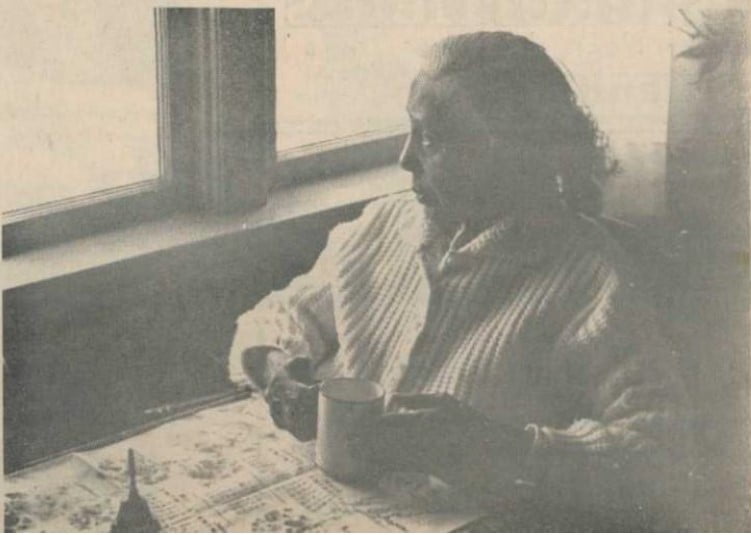
Marie was born on Salt Spring Island circa 1868. By 1901 she was living in the Vancouver, Burrard District with her husband Joseph Wallace and there raised 5 children. When Marie was in her nineties she wrote the history of her family. “The history of the Stark family is a moving chronicle of the first negro settlers on Salt Spring Island. In her manuscript Marie traces her routes back to a town in Missouri where her father, Howard Estes, bought the family’s freedom from slavery.”
After her death, her manuscript was published in The Gulf Islands Driftwood newspaper as an 11-part series that ran for 4 months from November 1979 to February 1980. This photo was taken in 1966, age 98. Marie is buried with her younger sister Louise at the Ganges Community Cemetery on Salt Spring Island.
The History of Women’s History Month in Canada
In 1992 the Government of Canada designated October as Women’s History Month in Canada.
After a successful lobbying campaign initiated by Lyn Gough of Victoria, British Columbia. The goal was to encourage greater appreciation of the notable contributions of women to Canadian history. October was selected because it was on October 18th, 1929 that Canadian women were first declared to be legally considered as ‘persons’, and therefore eligible to join the Senate of Canada.
The Project Team: Project leaders were Lyn Gough, Katherine (Kay) Armstrong, and Kathy Blasco; all from Victoria, B.C. Other Victoria women involved in the campaign were Sylvia Bagshaw, Catherine Draper, and Avis Rasmussen. Lyn Gough is a historian and author of a book about pioneers in the Women’s Temperance Movement. Kay Armstrong was a recipient of the Governor General’s Award in Commemoration of the Persons Case, and Kathy Blasco was a school teacher.
Sources:
* Sherry-Edmunds Flett: Publications on the history of African Canadian women in British Columbia from 1858-1938. “A Home for our Children in the Right Place” and “There Ain’t Nobody Going to Do It for You”
*Maria (Stark) Wallace “The History of the Stark Family”
Image Credits
*Nancy Alexander: From the studio portrait of Charles and Nancy taken for their 60th wedding anniversary
*Toni Boot: Image courtesy of Toni Boot
*Rosemary Brown. Canadian Black Heritage stamp issued Feb. 2, 2009
*Eleanor Collins, Michael Marmur Photographer, Canada Post
*Rebecca Gibbs Poem. BC Black History Awareness Society Collection
*Barbara Howard is being inducted @BCSportsHall (2012) in the Pioneer category. She is a LEGEND!” by miss604 licensed with CC BY-NC-SA 2.0
*Nancy Lester. Image A-01627 Courtesy of Royal BC Museum and Archives
*Ruby Sneed. Copyright ©Theresa Lewis
*Emma Stark. Image 989024024 Courtesy of Salt Spring Island Archives. Professional Photographer.
*Marie Wallace. Salt Spring Island Archives/Gulf Islands Driftwood Archives, August 19, 1965
*Collage created by Tracy Guinchard, Copyright © BC Black History Awareness Society

